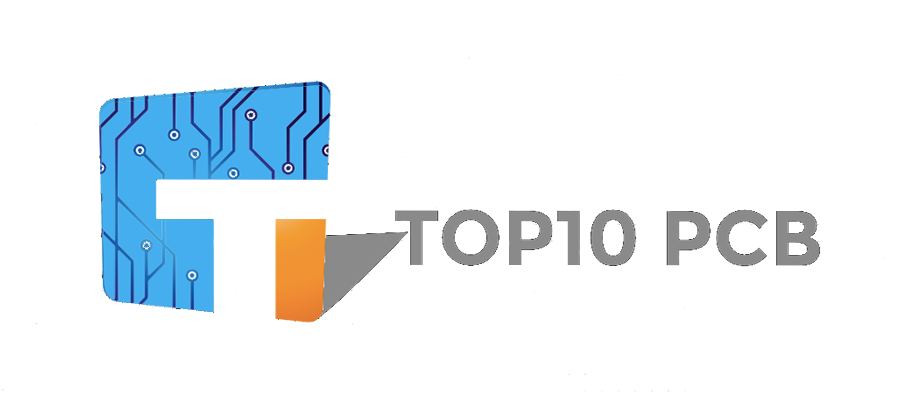The Work Principle Of Integrated Circuit
Integrated Circuit is a kind of miniature electronic device or component.
Through the semiconductor manufacturing processes such as oxidation, lithography, diffusion, epitaxy and steaming aluminum, it interconnects the components such as transistors, resistors, capacitors and inductors needed in an Electronic circuit and wiring them together. and the connecting wires between them are all integrated on a small piece of silicon, and then welded and packaged in a shell to become a micro-structure with the required circuit board functions.
All the components have formed a whole structure, which makes the electronic components take a big step towards micro miniaturization, low power consumption, intelligence, and high reliability.
Next, let’s take a look at the structure and composition of integrated circuits.
In general, we use the top-down hierarchy to understand integrated circuits, which is easier to understand and more organized.
- 1. System-level
Take the mobile phone as an example, the whole mobile phone is a complex circuit system, which can make phone calls, play games, listen to music and beep.
It is made up of multiple chips as well as resistors, inductors, and capacitors connected, which is called the system level.
(of course, with the development of technology, the technology of making a whole system on one chip has been around for many years– SoC technology.).
- 2.Module-level.
It is divided into many functional modules in the whole system.
Some manage the power supply, some are responsible for communication, some are responsible for the display, some are responsible for voice, some are responsible for controlling the overall calculation, and so on. We call it the module level.
Each of these modules is a grand field, which gathers countless crystallization of human wisdom and feeds many companies.
- 3.Register transfer level (RTL).
So what does each module consist of?
Take the digital circuit module, which accounts for a large proportion of the whole system, as an example, it is composed of registers and combinational logic circuits are responsible for logic operations and deals with discrete 0 and 1 electrical signals.
The so-called register is a circuit structure that can temporarily store logical values, which requires a clock signal to control the length of time logical values are stored.
In reality, we need the clock to measure the length of time, and the clock signal is also needed to coordinate the arrangement in the PCB circuit. The clock signal is a periodically stable rectangular wave.
In reality, a second motion is a basic time scale, and a period of rectangular wave oscillation in a circuit is a time scale of their world.
The circuit components act accordingly and fulfill their obligations according to this time scale. Combinatorial logic is a combination of many “with (AND), or (OR), non-(NOT)” logic gates.
For example, two light bulbs in series, each with a switch, only two switches are turned on, the light will be on, this is called and logic.
A complex functional module is composed of so many registers and combinational logic. This level is called the register transfer level.
The triangle plus a circle in the picture is a non-gate, the device next to it is a register, D is the input, Q is the output, and the CLK side is the input clock signal.
- 4. Gate level.
The register in the register transfer stage is also composed of and or non-logic, which is subdivided into and, OR, and non-logic to reach the gate level. They are like doors, blocking or allowing the entry and exit of electrical signals, hence their name.
- 5. Transistor level.
Whether it is a digital circuit or an analog circuit, the transistor level is at the bottom. All logic gates (and, OR, no, and no, or, XOR, etc.) are made up of transistors. So integrated circuits from macro to micro, to the bottom, the eyes are full of transistors and the wires that connect them.
In the early days, bipolar transistor (BJT) was widely used, commonly known as Triode. It is connected with resistors, power supplies, and capacitors, and it has the function of amplifying the signal.
Like building blocks, it can be used to form a variety of circuits, such as switches, voltage / current source circuits, logic gates mentioned above, filters, comparators, adders and even integrators, and so on.
The circuit built by BJT is called the TTL (Transistor-TransistorLogic) circuit.
The circuit symbol of BJT looks like this:
Later, the emergence of the metal-oxide-semiconductor field-effect transistor (MOSFET) swept the IC field with excellent electrical characteristics and ultra-low power consumption.
In addition to the figure of BJT in analog circuits, today’s integrated circuits are made up of MOS transistors. Similarly, thousands of circuits can be built from it.
And it can also be properly connected to be used as resistors, capacitors and other basic circuit components.
The circuit symbols of MOSFET are as follows:
As mentioned above, in actual industrial production, the manufacture of chips is the manufacturing process of thousands of transistors.
In reality, the hierarchical order of making chips is about to be reversed, starting with the bottom transistors.
